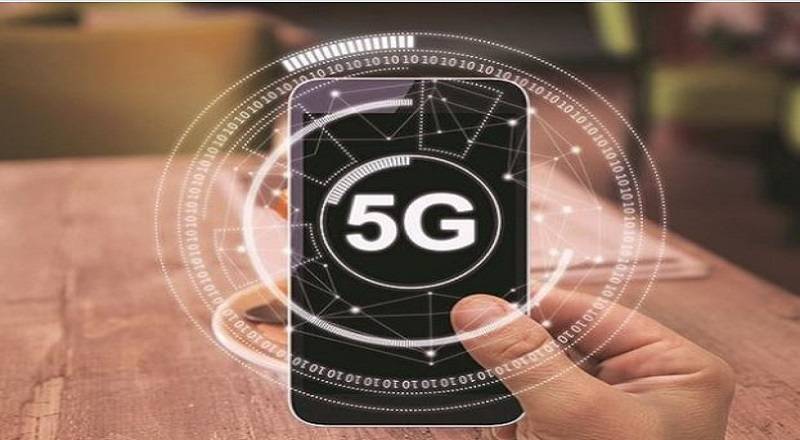5G will deliver a 10 to 100 times improvement over the current 4G LTE technology with (5G’s Low Latency-5G Density)a data rate of up to 10 Gbps. Because WAN connections finally have enough capacity, cellular is now a feasible solution for branch office automation.5G in India: Benefits and Features.
The benefits for consumers and their mobile phones have been the focus of most conversations as operators roll out fifth-generation cellular networks, or 5G. However, businesses can also benefit greatly from the launch of fixed wireless 5G, which will eventually replace point-to-point broadband, as well as mobile 5G. Let’s examine some of the characteristics and advantages of 5G for businesses in more detail.
Increased Speed and Bandwidth
5G will deliver a 10 to 100 times improvement over the current 4G LTE technology with a data rate of up to 10 Gbps. Because WAN connections finally have enough capacity, cellular is now a feasible solution for branch office automation. The main value of 5G for enterprises may not be the bandwidth itself, but rather the pressure it puts on the market rates of incumbent WAN connectivity.
5G’s Low Latency
The other major advantage of 5G for WAN usage is its low latency of about 5 milliseconds. Today, customers mostly use MPLS or dedicated lines for line-of-business applications that require low latency. Due to 5G’s low latency, organisations may be able to abandon some of their branch office MPLS infrastructure in favour of the more affordable and adaptable 5G connections to branches. This is especially true in contexts that are very far away, shared infrastructure, or retail.
5G Density
While ensuring 99.999% availability, it enables up to 100 times more connected devices in the same physical space that 4G LTE does today. While this density may aid mobile workforces in terms of business, the true benefit is the growth of the mobile consumer base. In comparison to traditional computer-based e-commerce and retail, mobile e-commerce is expanding more quickly. Because more people than ever shop online using mobile technologies, the total addressable market grows as density increases.
Reduction in Power Consumption
Small power savings at the smartphone level result from a device power consumption reduction of an estimated 90%. However, the power savings could be substantial from an infrastructure standpoint, particularly for IoT devices. Lower power overhead in the design and actual consumption result from combining IoT devices with cellular 5G communications. When operating solely on the battery, remote gadgets should last considerably longer. For IoT-based sensor devices deployed in remote places, some estimations even indicate that a 10-year remote battery life may be feasible.
Also Read: IMD issued heavy rainfall alert in these states for next 5 days
Also Read: Bollywood famous director Esmayeel Shroff passed away
Also Read: Amazon Upgrade Days Sale: Smartphone Sale on Amazon: Bumper Discount on These Mobiles
Security
Since IoT devices exist at the periphery of business networks, they are a constant source of concern. For designers, 5G offers more robust security than 4G LTE, including hardware security modules, key management services, over-the-air, secure elements, and other options. This will harden network endpoints and ensure that data carried over the 5G network is secure.


Comments are closed.